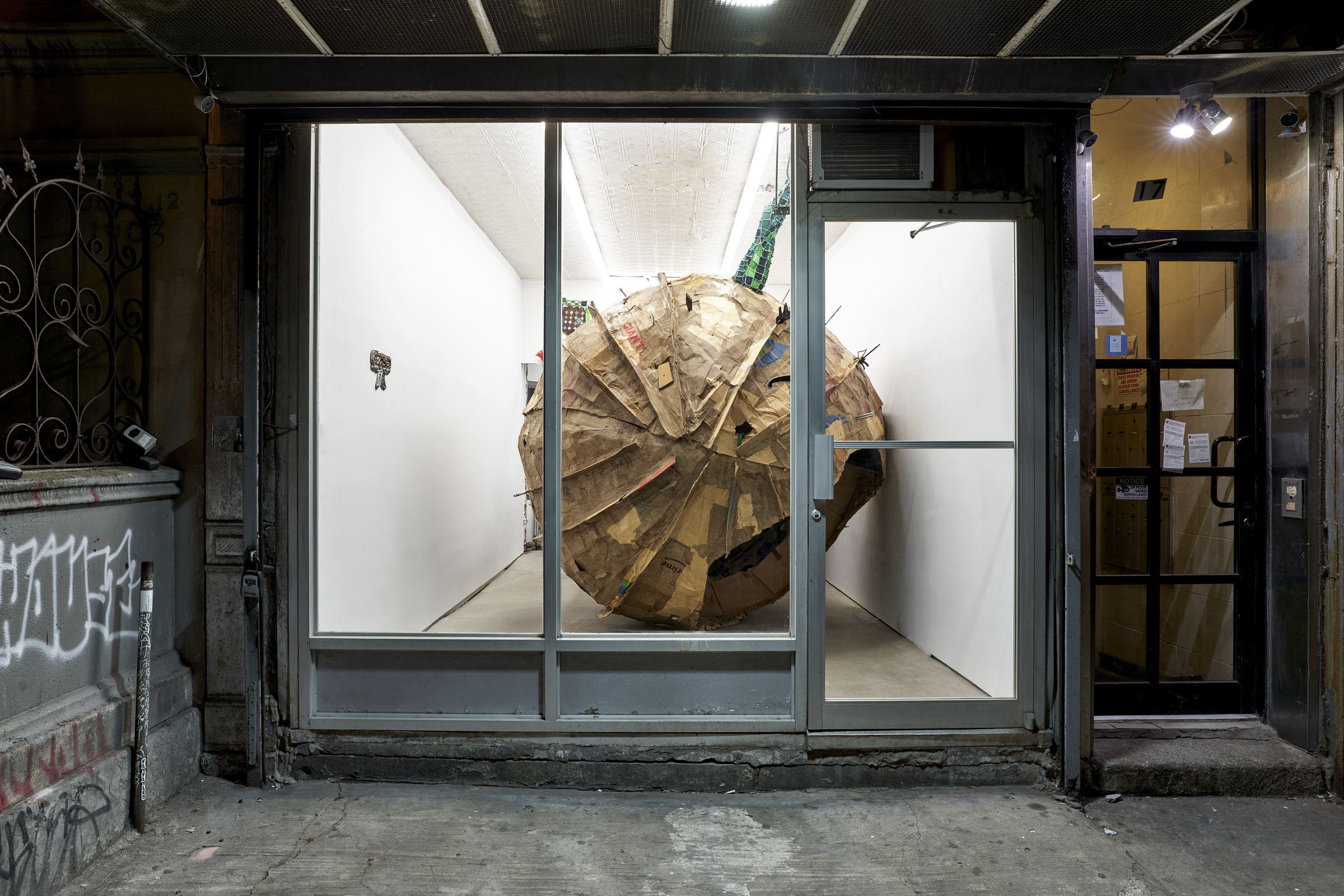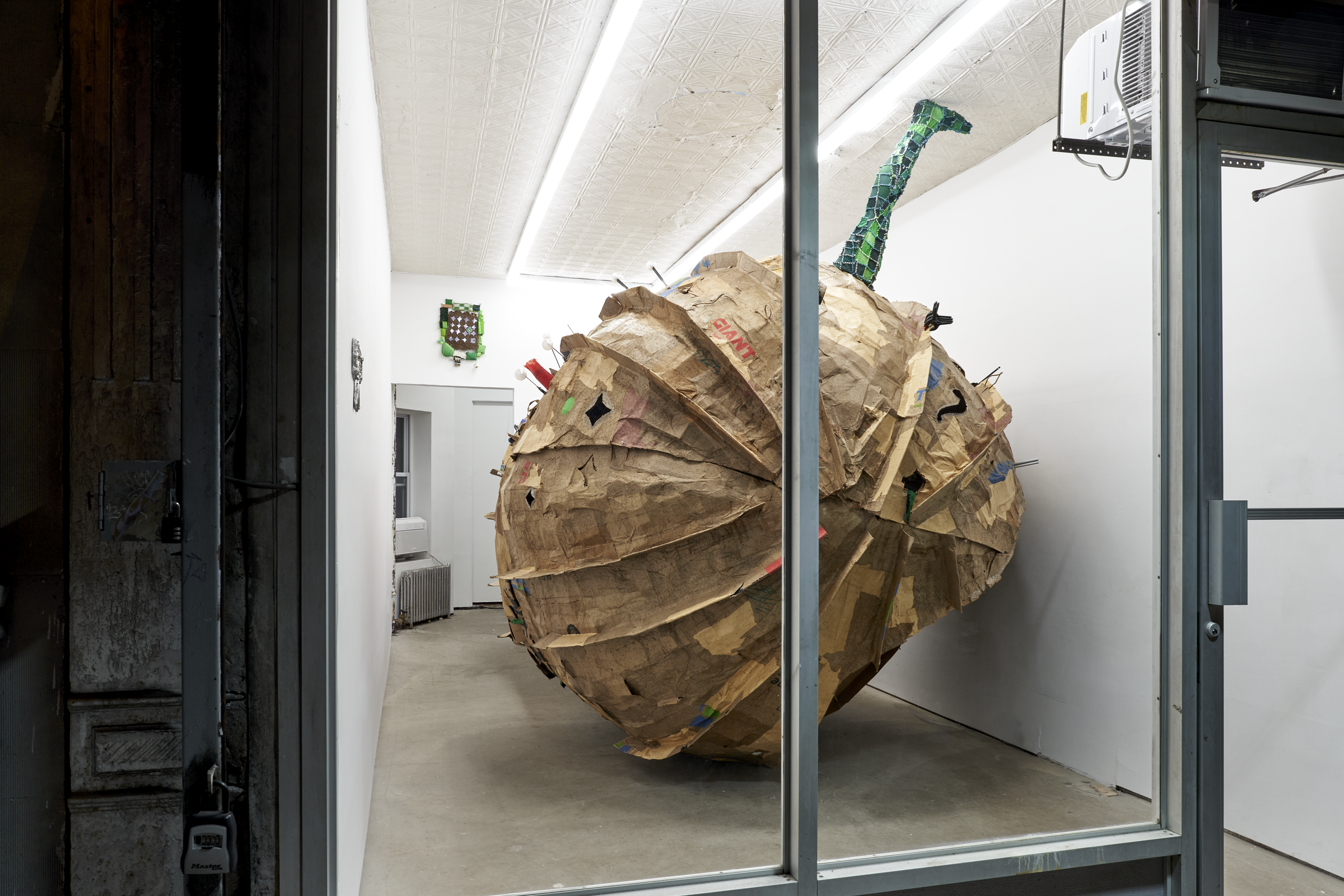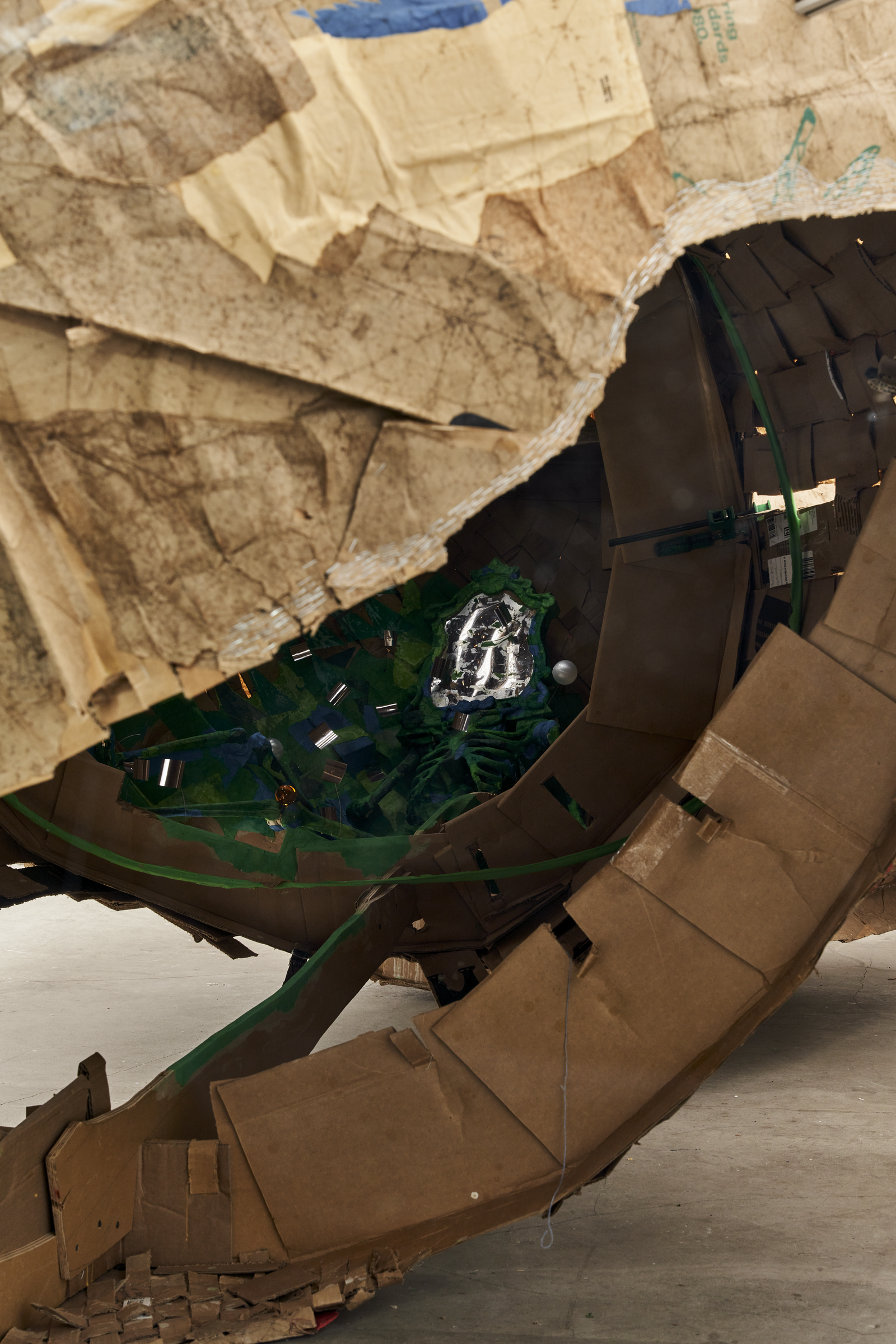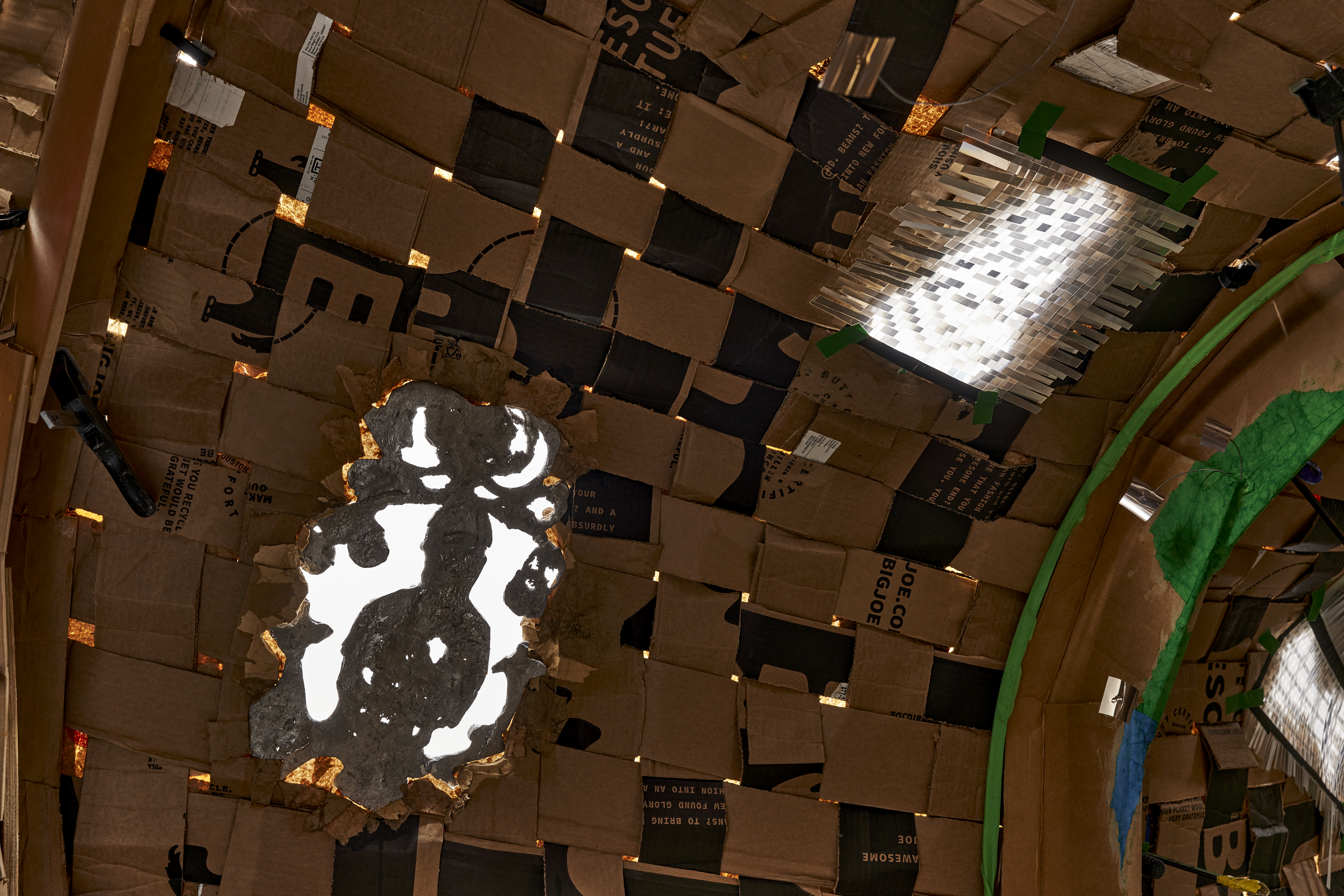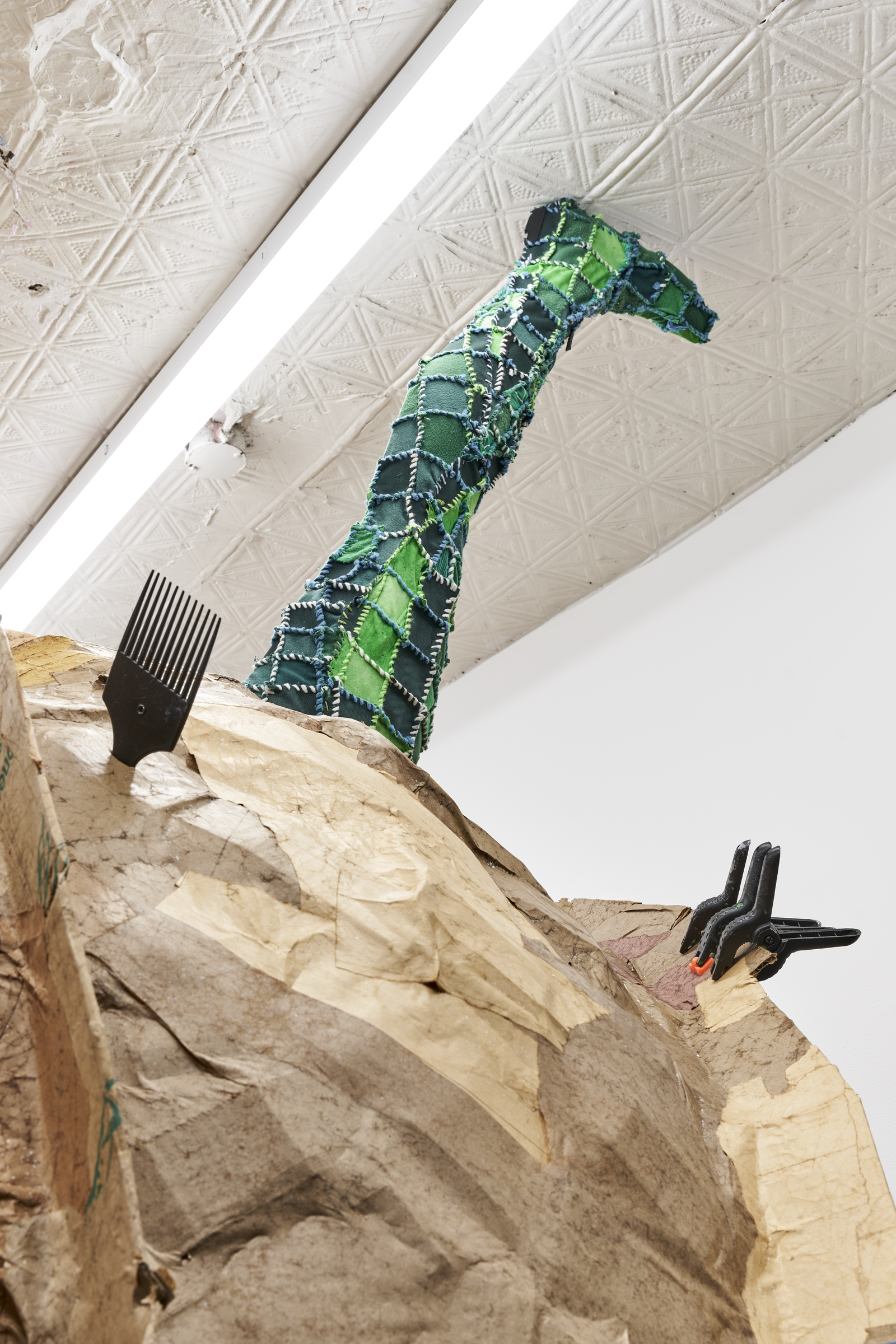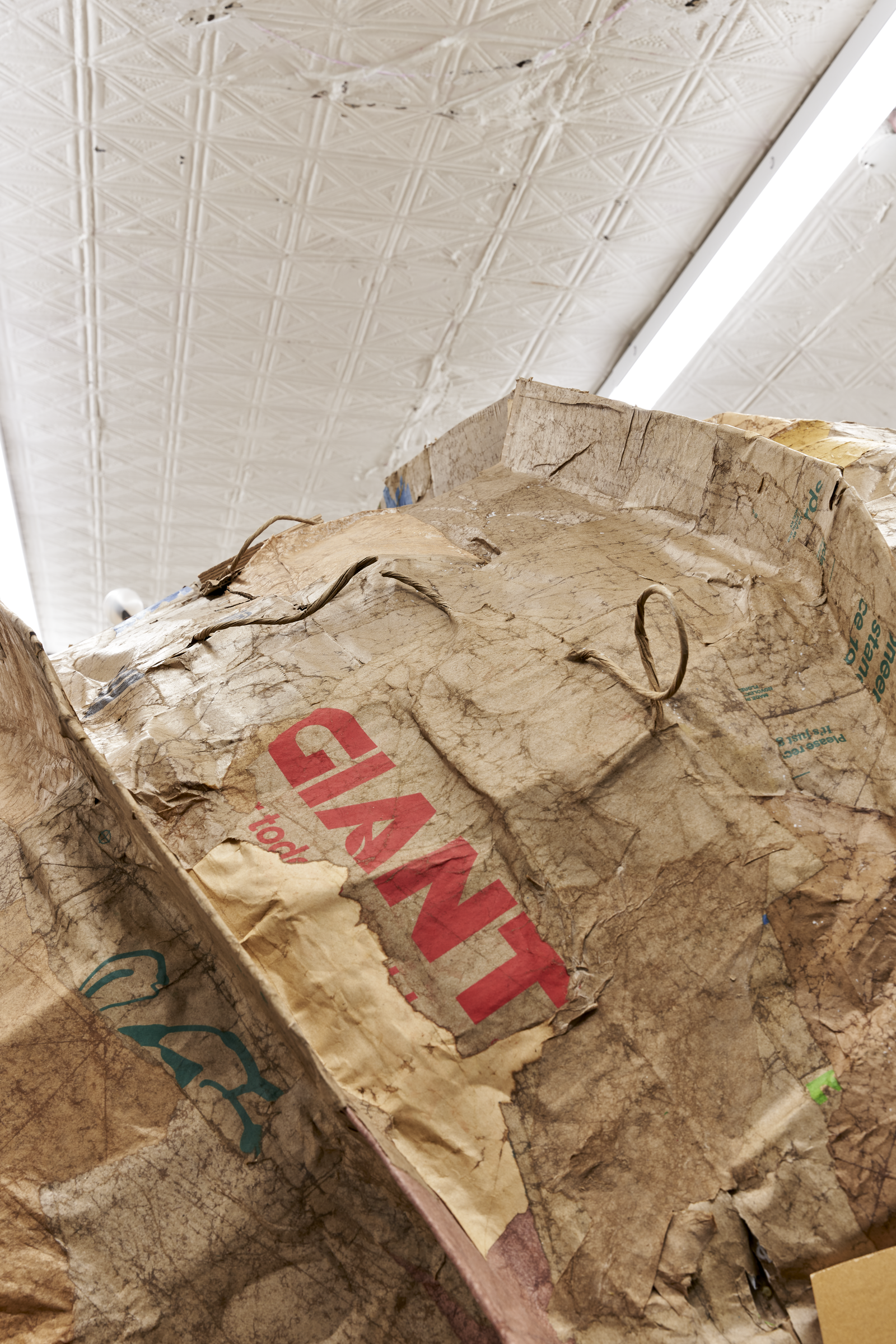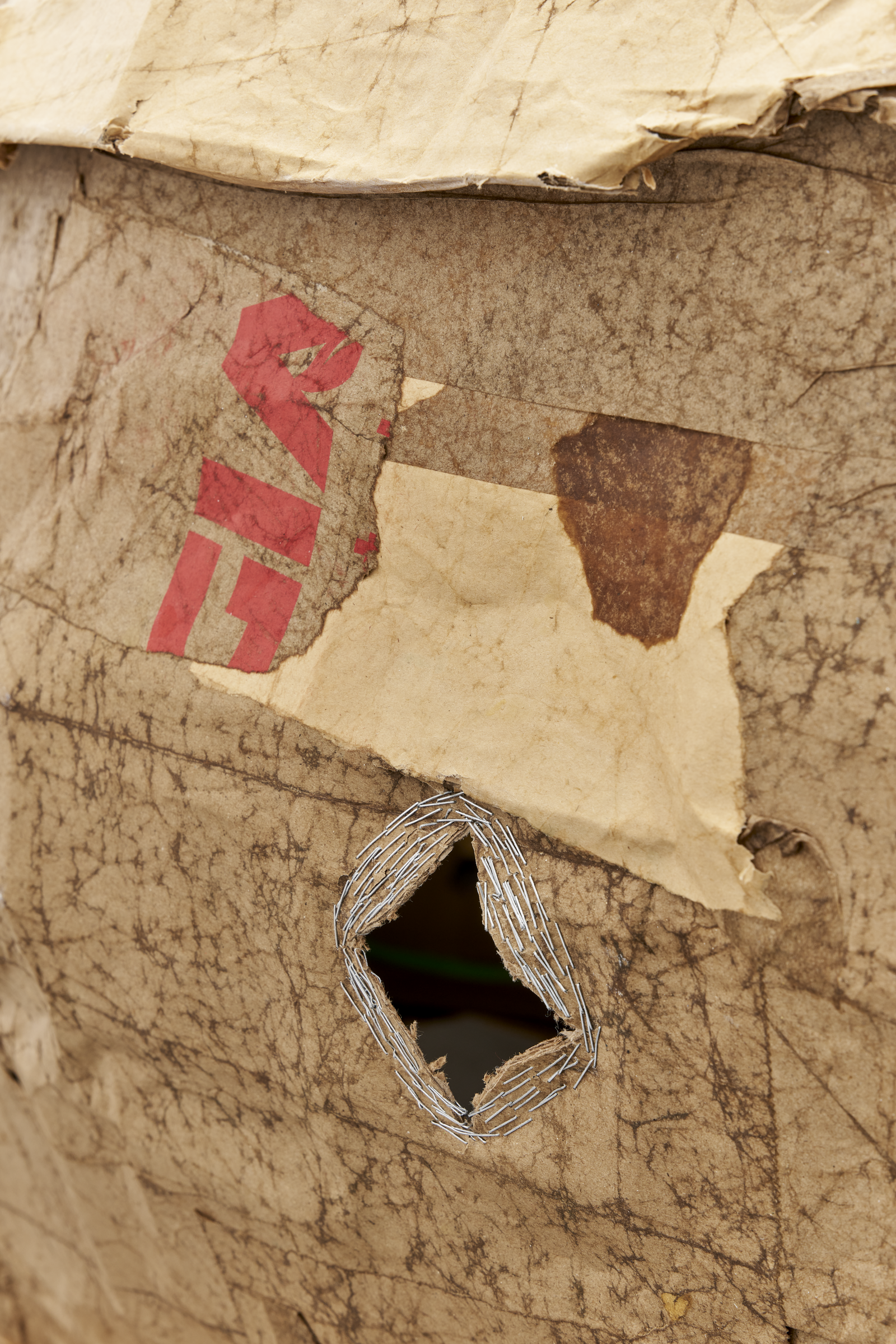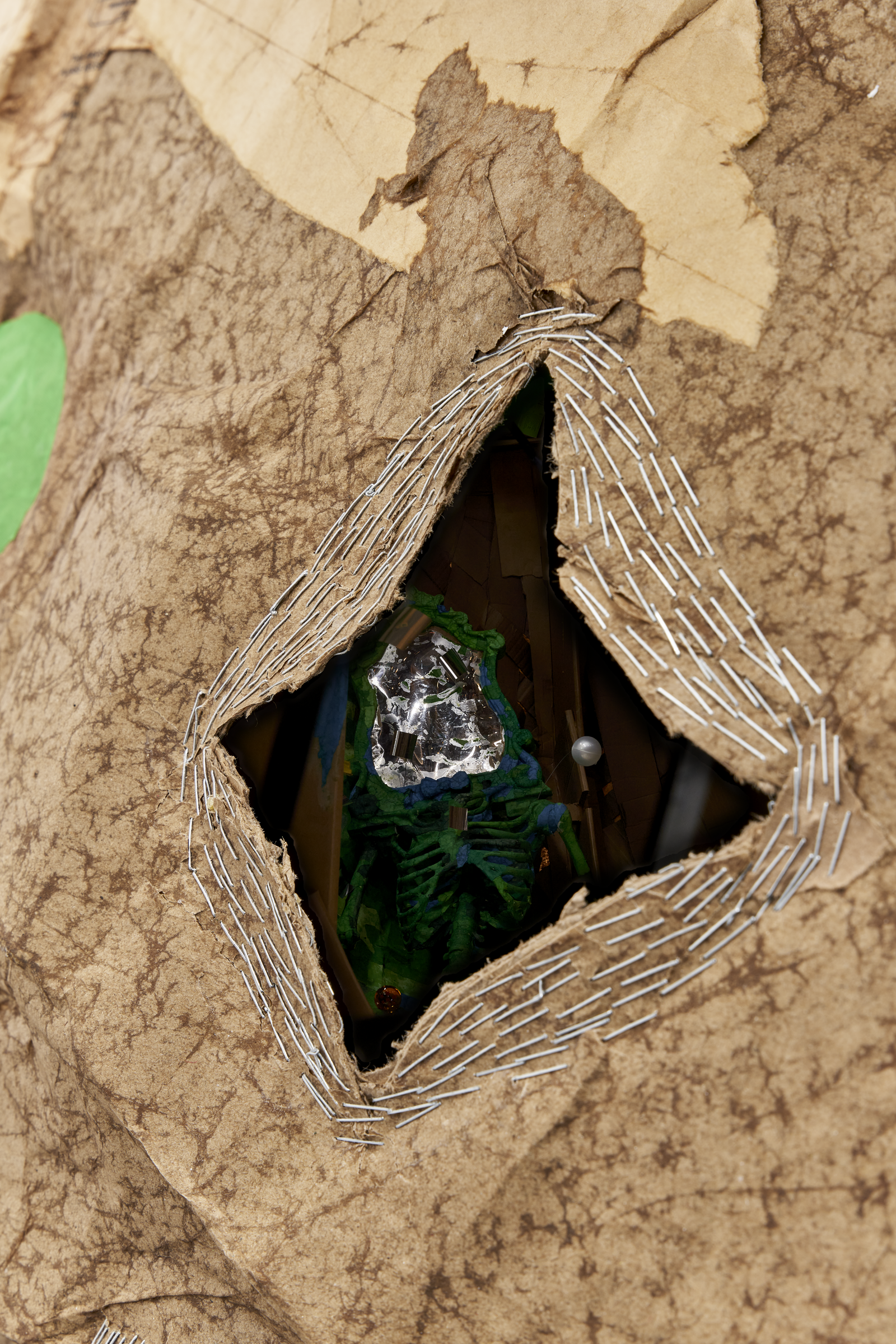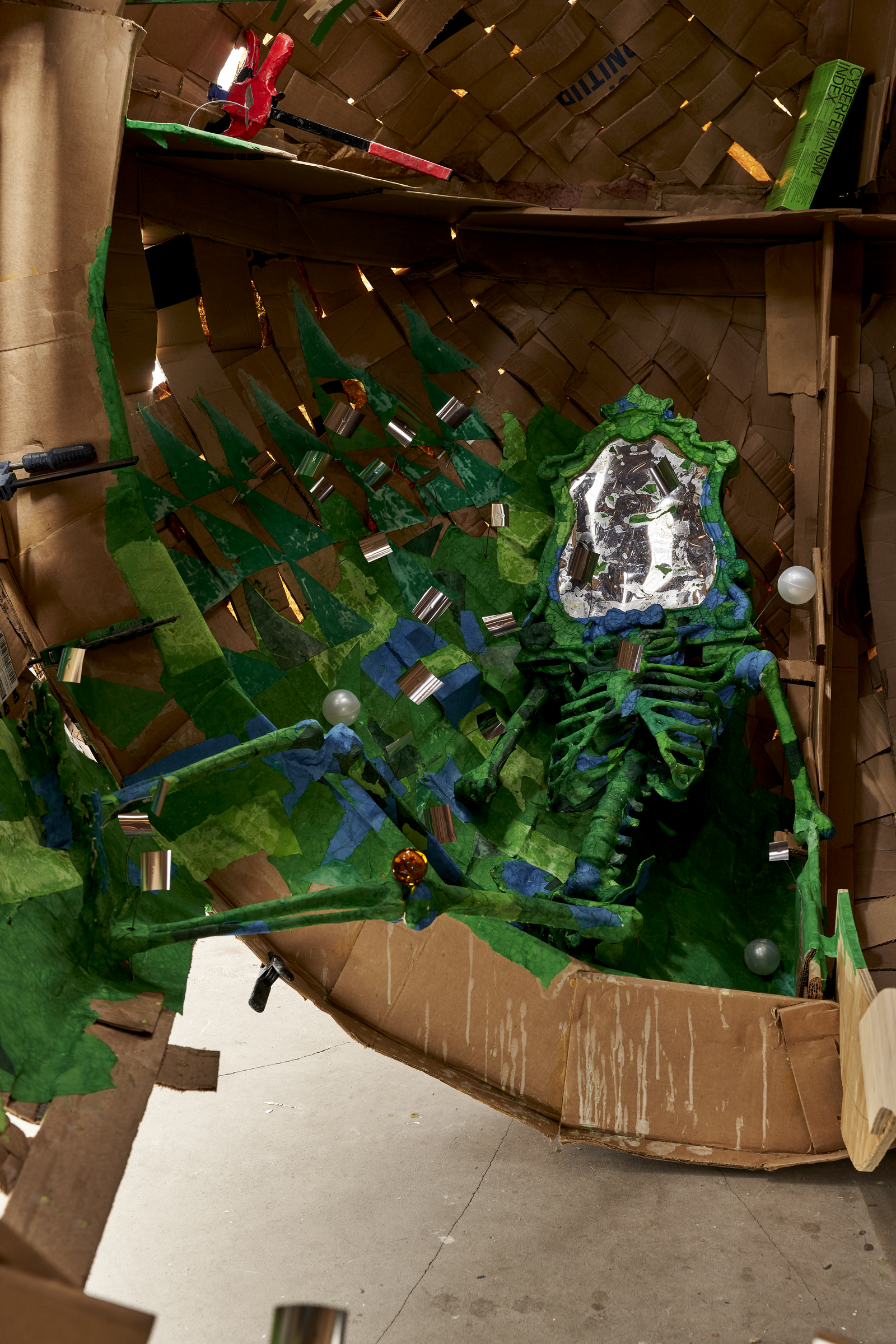INANUTSHELL
Pap Souleye Fall
January 9th — February 8th, 2025
Press Release PDF
INANUTSHELL Checklist

The Crépissage de la Grande Mosquée is an annual festival in Djenné, Mali, where the entire community comes together to re-plaster the exterior of the Grande Mosquée de Djenné, the world’s largest mud-brick building. Held at the end of the dry season, this event ensures the mosque’s exterior is prepared for the coming rains, which would otherwise damage the plaster. This tradition of mud-brick architecture is rooted in the city’s history, dating back to its founding in the 13th century. Djenné's architecture is a living testament to an indigenous tradition. However, the city’s population has grown rapidly since it was designated a UNESCO World Heritage Site in 1988, creating new demands for housing and infrastructure. This growth requires a delicate balance between innovation and the preservation of Djenné’s earthen architectural legacy. The mosque’s designation as a World Heritage Site is also an extension of colonialism. UNESCO’s strict guidelines on maintaining the “authenticity” and “integrity” of the site can limit the community’s ability to make significant changes to the mosque’s structure, materials, or even its traditional rituals. This often leads to frustration, as local practices may be frozen in time in order to preserve the site for global audiences, rather than allowing it to evolve naturally.
INANUTSHELL invites a deeper aesthetic inquiry into this conundrum: Struggling against the repression of dynamic cultural expression through rigid systems that prioritize fixed ideals over organic change. By extending and resonating with the visceral qualities of the créspissage ritual, the works on display explore the creation of idiosyncratic forms—not as a passive act of compliance, but as a living, evolving process. For their presentation at Blade Study, Senegalese-American artist Pap Souleye Fall offers a monumental peanut sculpture crafted from woven cardboard, spanning the exhibition space. This piece evokes the role of the Grande Mosquée de Djenné as a repository for written history. The sculpture contains a selection of books and handmade codexes by the artist, all of which can be accessed by crawling through an opening in the sculpture. In a further act of mimesis, the exterior of the peanut is covered in New York City road pulp—a naturally processed paper material created by the interaction of the city’s vitality with its weathered environment. The exhibition features smaller works, including ultra-processed studio materials and aluminum picture-planes mounted on the walls.
Exhibition text by Kevin Hernández Rosa
Translation provided by DeepL
PAP SOULEYE FALL is a Senegalese-American artist who explores the transmedia potential between mediums including sculpture, installation, performance, cosplay, digital media, and comics. Their work is produced within the context of the African Diaspora. Being of two worlds, Fall delights in the ability to construct their own reality between the polarities of two distant cultures. Using common, found, and repurposed materials their multidisciplinary practice explores themes of speculative fiction, challenges the pretext of masculinity, and uplifts Africanisms, and Afro-futurism.
Fall received an MFA in Sculpture at Yale School of the Arts in 2022, and a BFA in Fine Arts from The University of the Arts (UArts) in 2017. They are currently part of the Sharpe Walentas Residency (Brooklyn, NY) and were recognized in 2023 by the Dedalus Foundation Fund for Past Fellows & Awardees, and awarded the Black Rock Fellowship (Dakar Senegal). Recent exhibitions include Gratin (Manhattan, NY), HOUSE WARMING (Venice, Italy), and ICEBOX PROJECT SPACE (Philadelphia, PA).

WORKS

Pap Souleye Fall
NIT, NITAAY GARAMBAM, 2025
20' x 8' x 8'Cardboard, Found Materials

Pap Souleye Fall
PEANUTS IN MY PAST, REARVIEW, 2024
11" x 5"Aluminium, Cardboard Pulp, Metal Peanuts

Pap Souleye Fall
ARRACHIDE ARRACHES index, 2024
14" x 9"Cardboard Pulp, Thread, Fabric, Found Materials, Cast Peanuts, Beads

Pap Souleye Fall
Ne ris pas a mes grigri, 2024
14" x 9"Cardboard Pulp, Bootleg CD’s, Fabric, Found Materials

Pap Souleye Fall
WARRIORHUSK, 2024
46" x 22" x 15"Cardboard, Hoody, Pearls

INSTALLATION


